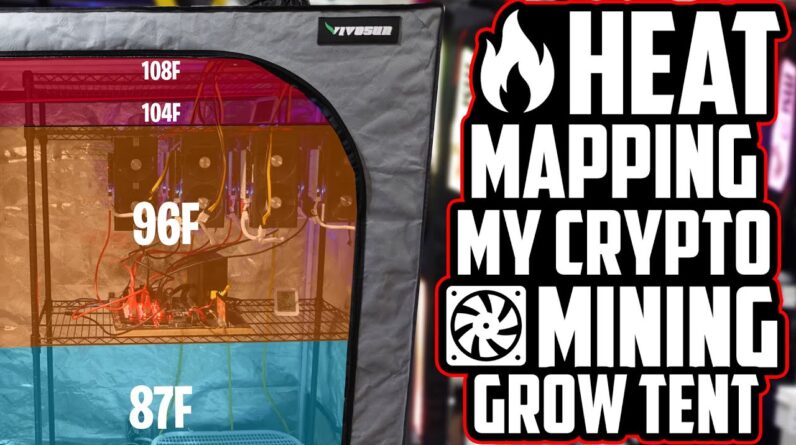
Table of Contents
Introduction to Signal Integrity in Immersion Cooling Technology
In recent years, the cooling requirements for data centers have grown exponentially, leading to the development of new and innovative cooling technologies. One such technology is immersion cooling, where servers are submerged in a dielectric liquid that efficiently dissipates heat. As immersion cooling gains popularity, it becomes crucial to understand the impacts of this technology on signal integrity, a significant consideration for multi-gigabyte systems. In this article, we will introduce the fundamentals of signal integrity in immersion cooling technology and provide an overview of the work stream focused on this topic.
Signal Integrity Work Stream
The Signal Integrity Work Stream is a new initiative within the Open Compute Project (OCP), with over 60 members involved. This group aims to study electrical communication, optical communication, and the effects of hydrocarbon and fluorocarbon fluids on signal integrity. Additionally, they are working on practical methods for making measurements and simulations, as well as understanding the impact of fluid properties on signal integrity.
The work stream is focused on understanding how hardware, specifically designed for air-cooled systems, will perform in immersion cooling technology. This is crucial as there is currently limited information on immersion-specific design criteria, and many existing systems have been developed and certified for air-cooled environments.
Transmission Line Structures and Immersion Fluids
As data is transmitted along hardware lines within air-cooled systems, it is converted from binary data to analog, resulting in potential errors in both timing and amplitude. These errors can be exacerbated when hardware is submerged in immersion fluid, as the fluid’s properties can affect the signal’s amplitude and timing. These properties include the fluid’s dielectric constant and loss tangent.
There are several common structures present in transmission lines: strip lines, microstrip lines, sockets, and cables. These structures are immersed in dielectric fluids, which can change their properties, potentially causing signal integrity issues.
Dielectric Constant and Loss Tangent
Two critical fluid properties impacting signal integrity are the dielectric constant and loss tangent. The dielectric constant, a measure of a material’s ability to store energy, has a significant impact on the impedance of a signal, while the loss tangent is a measure of the energy lost during signal transmission due to the material surrounding the transmission line.
As the frequency of data transfer increases, the dielectric constant and loss tangent become increasingly important in maintaining signal integrity. In immersion cooling systems, these properties can be affected by the type of fluid used as well as the solid substrates present in the hardware.
Impacts of Immersion Fluids on Signal Integrity
Changes in the impedance and the surrounding fluid properties can cause problems in signal amplitude and timing when systems designed for air-cooled environments are submerged in immersion fluid. However, techniques such as altering the material of the hardware or retuning frequencies can help offset these changes and maintain signal integrity.
By understanding the relationship between fluid properties and immersion cooling’s impact on signal integrity, the work stream can develop guidelines and best practices for testing, simulation, and mitigation strategies. This will ultimately lead to improvements in fluid specifications and the creation of better immersion cooling systems.
Conclusion
As immersion cooling technology becomes more prevalent in data centers, understanding the impacts of this technology on signal integrity is essential. By studying the effects of dielectric fluids, transmission line structures, and fluid properties on signal integrity, the OCP Signal Integrity Work Stream aims to develop guidelines and best practices to ensure optimal performance in immersion-cooled systems. As the work stream continues to grow and make progress, it will be essential for industry professionals to stay up-to-date on its findings and contribute their expertise to ensure the continued development and improvement of immersion cooling technology in data centers.






